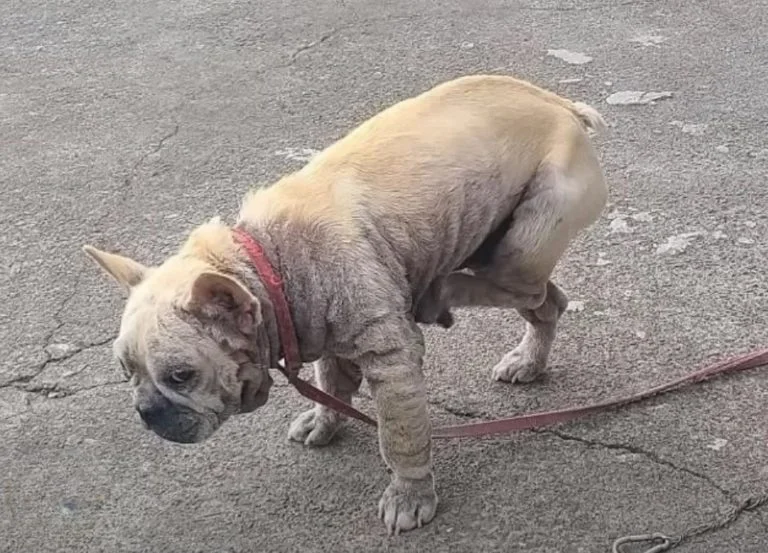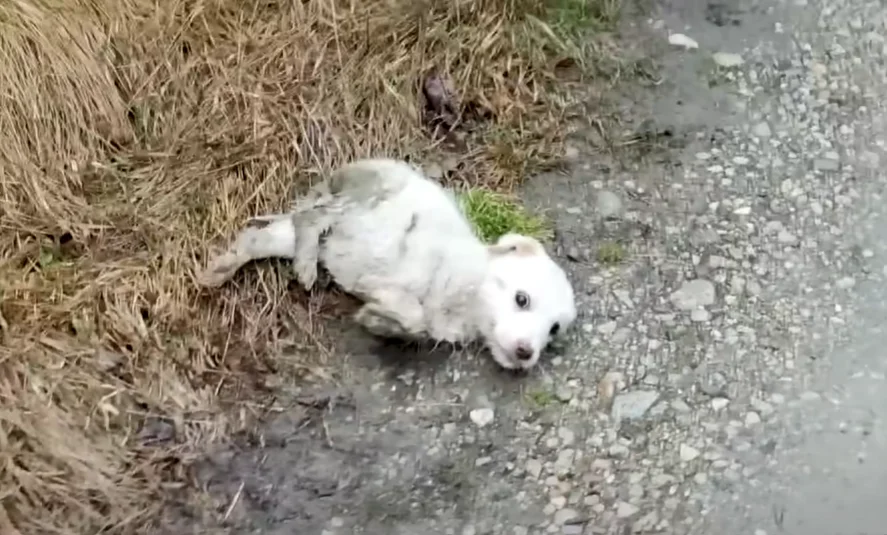There’s a good chance that your dog will experience an injury at some point, whether it’s to their leg, spine, tail, eye, or another part of their body. Dogs are often adventurous and can be fearless, exploring their environment with little regard for potential hazards. As a result, accidents can and do happen. Being prepared can make a big difference when an injury occurs.
Seeing your dog injured can be distressing, whether the injury is minor or severe. It’s crucial to seek veterinary attention as soon as possible. Keep your regular vet’s number and an emergency vet’s number handy for quick access. Depending on the injury’s severity, you may need to provide first aid. Even if the situation seems manageable, a vet visit is important for a thorough assessment.
Here are some common injuries in dogs and how to address them:
1. Major Trauma

Major trauma can lead to serious injuries, including internal and external damage. Causes can include being hit by a car, falling from a height, or involvement in a severe accident. Injuries may include head trauma, bone fractures, joint dislocations, internal bleeding, and skin wounds.
To reduce the risk of major trauma, keep your dog on a leash when outside, use gates or barricades to prevent access to dangerous areas, and ensure they are safely restrained in a vehicle. If your dog suffers major trauma, administer first aid if possible and transport them to a veterinary office or emergency clinic immediately.
2. Dog Fights or Attacks

Dog fights can result in serious wounds, ranging from minor to severe. Bites may cause puncture wounds, lacerations, and internal damage. Small dogs, in particular, may suffer severe injuries if attacked by larger dogs.
Prompt veterinary care is essential for bite wounds, as these injuries are prone to infection due to bacteria in the dog’s mouth. Early treatment can prevent complications and promote better healing.
3. Eye Injuries

Eye injuries can occur from various sources, including running through brush, fights, or debris from moving vehicles. Symptoms might include squinting, excessive tearing, redness, and swelling.
Eye injuries should be examined by a vet as soon as possible to prevent complications. Many eye injuries can be treated effectively with medication if addressed early.
4. Cruciate Ligament Injury
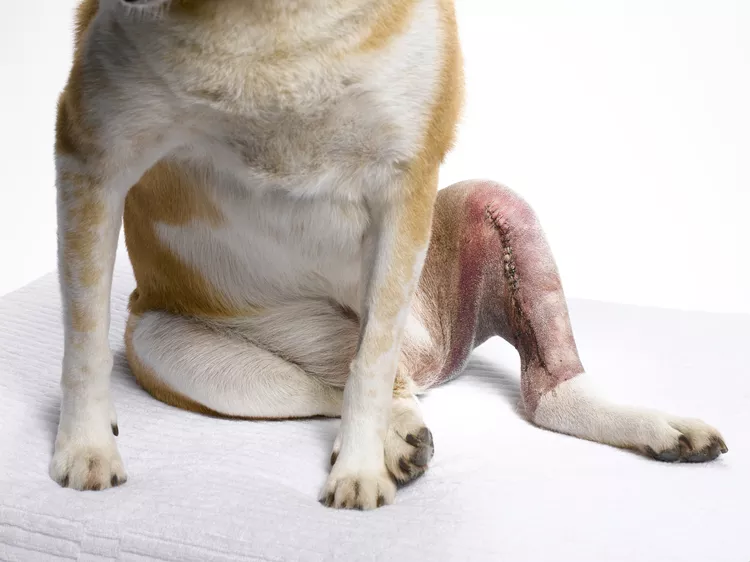
The cruciate ligament is vital for knee stability, and injuries to this ligament can cause pain and lameness. Most dogs with a cruciate ligament injury will avoid putting full weight on the affected leg.
A vet will diagnose this injury, and surgery is often required for repair. Dogs that injure one cruciate ligament may be at risk of injuring the other. Surgical options generally have a good success rate.
5. Other Limb Injuries
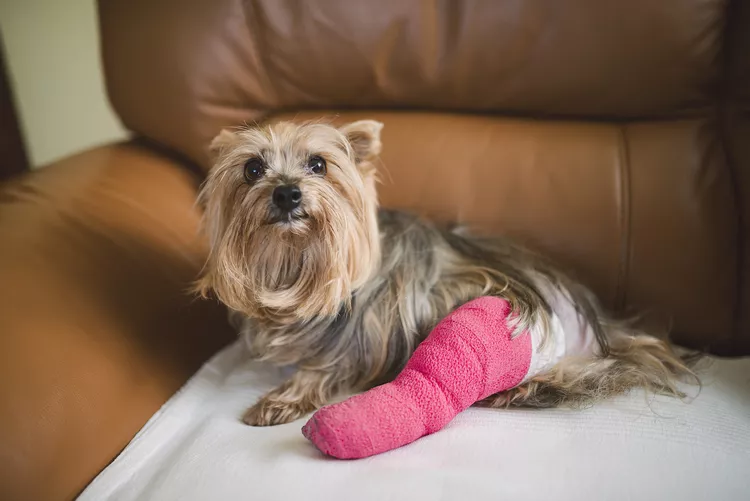
Injuries to the legs or paws can cause limping. Possible causes include fractures, joint dislocations, or soft tissue injuries. X-rays may be needed to diagnose the issue.
Treatment depends on the injury’s nature and severity. Fractures may require splints, casts, or surgery, while soft tissue injuries typically need rest and medication.
6. Spinal Injuries
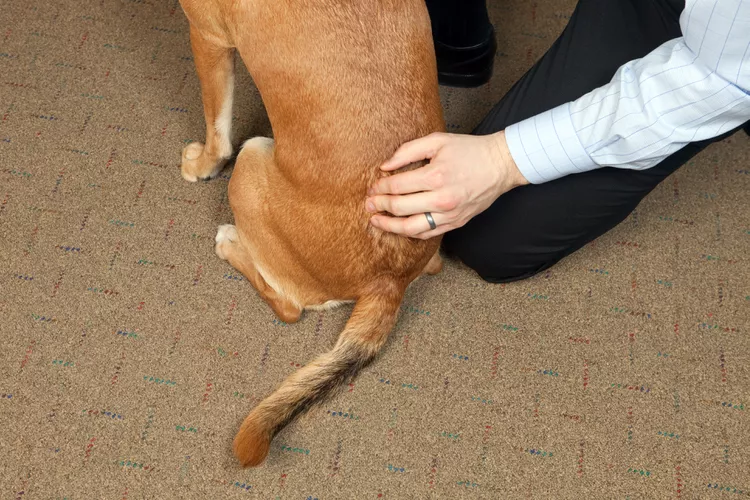
Spinal injuries can range from mild to severe and may result from trauma or genetic conditions like intervertebral disc disease (IVDD). Symptoms might include pain, difficulty walking, or paralysis.
IVDD and other spinal issues may be managed with medication, rest, or surgery. Prompt veterinary intervention is crucial for the best outcomes.
7. Oral Injuries
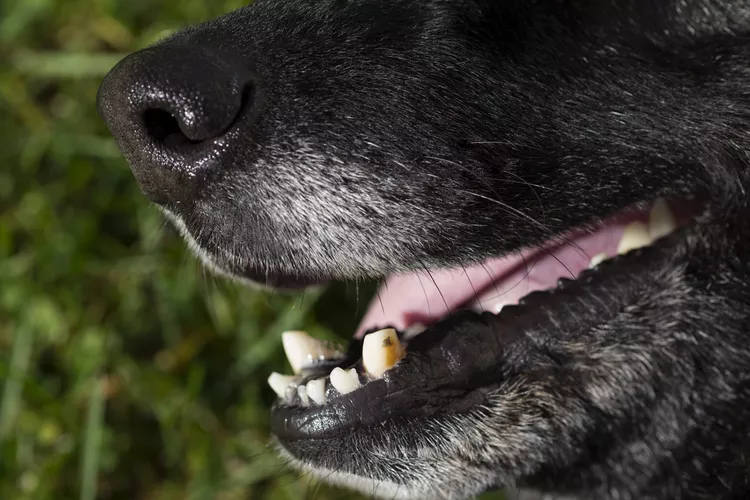
Oral injuries often result from chewing on hard objects like bones or sticks, which can damage teeth, gums, and other tissues. In some cases, oral injuries may require surgery.
Minor injuries may be treated with medication, but significant damage typically needs more intensive care.
8. Cuts and Scratches

Active dogs frequently get cuts and scratches from various sources. If your dog is bleeding, a vet visit is necessary to clean the wound and possibly apply stitches.
Treatment typically includes cleaning the wound, antibiotics to prevent infection, and anti-inflammatories for pain and swelling.
9. Torn Toenails

Torn toenails can be painful and may cause bleeding. Treatment usually involves trimming the nail back to healthy tissue, using local anesthesia if needed, and applying a bandage.
Regular nail trimming and caution during play can help prevent toenail injuries.
10. Tail Injuries

Tail injuries can occur from trauma, such as getting caught in a door or being bitten. Conditions like “happy tail” result from excessive wagging against hard surfaces.
Treatment for tail injuries may involve bandaging and using an e-collar to prevent re-injury. Limber tail syndrome, a common condition where the tail hangs limply, usually resolves on its own with rest and pain management.
If you suspect your dog is injured or unwell, contact your vet immediately. Always consult with your veterinarian for accurate diagnosis and treatment tailored to your pet’s specific needs.




